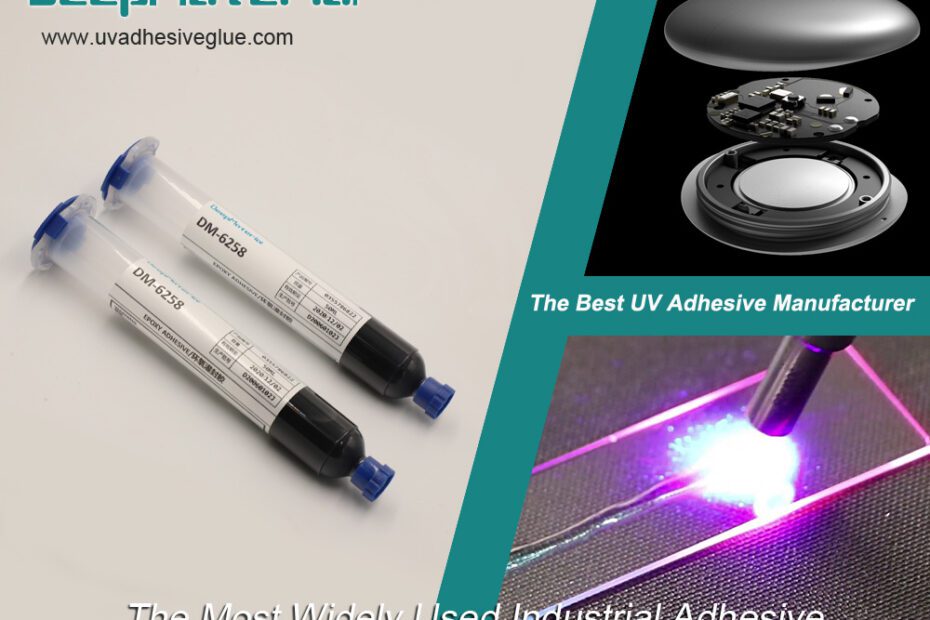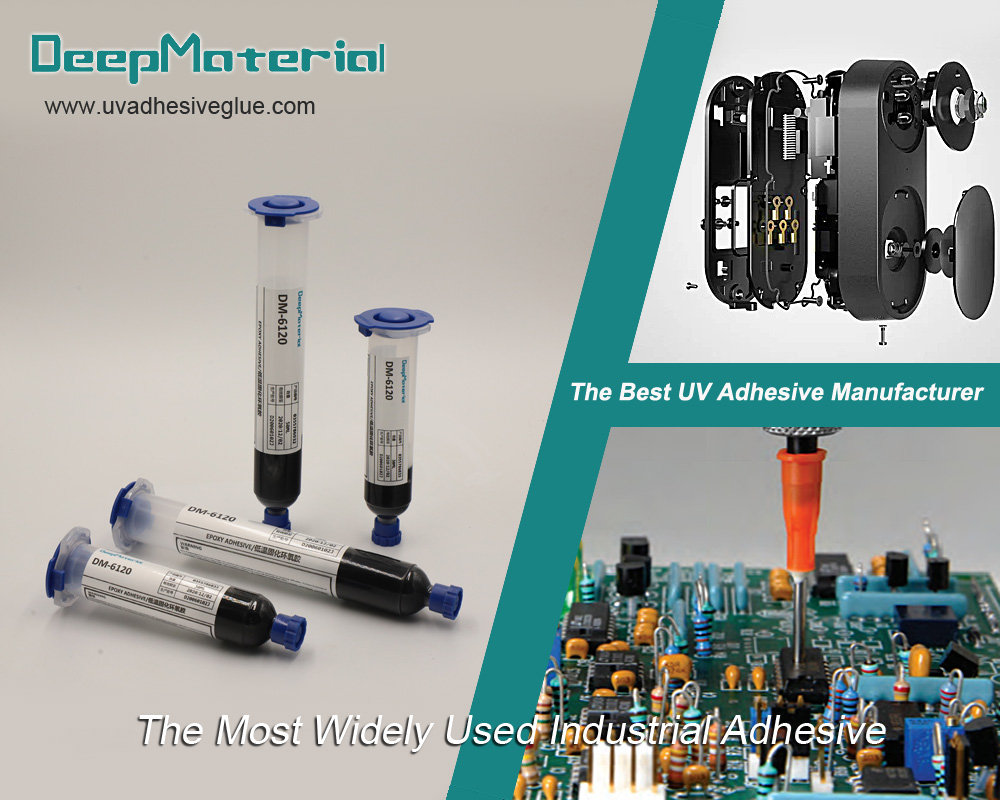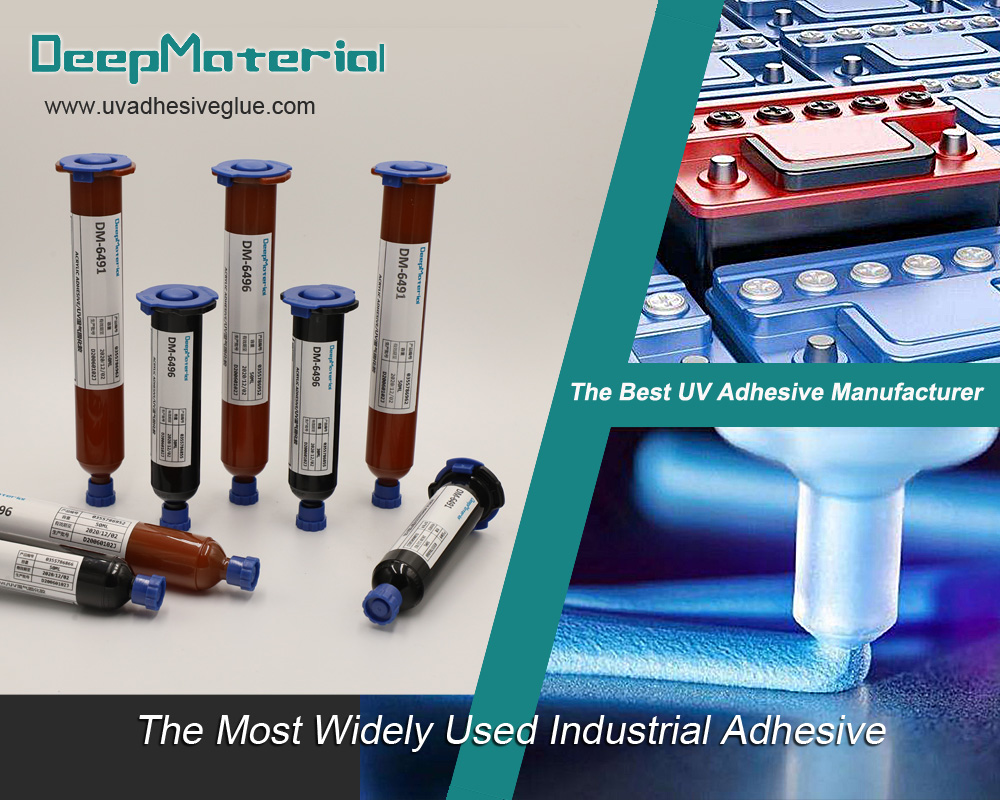The application steps for electronic adhesives can vary depending on the type of adhesive, the specific application,and the manufacturer’s guidelines.
However, I’ll provide you with a general outline of the typical steps involved in using electronic adhesives along with some precautions to consider:
Application Steps:
Surface Preparation: Ensure that the surfaces to be bonded are clean, dry, and free from any contaminants such as dust, oils, or residues. Proper surface preparation is crucial for achieving a strong bond.
Adhesive Selection: Choose the right adhesive for your application. Choose the appropriate electronic adhesive based on the materials being bonded, the environmental conditions, and the intended application. There are different types of electronic adhesives, such as conductive adhesives, non-conductive adhesives, thermally conductive adhesives, and UV-curable adhesives, among others. Select the one that suits your needs and follows the manufacturer’s recommendations.
Mixing (if required): Some electronic adhesives come as two-part systems that require mixing before application, like two-component epoxies. Follow the instructions provided by the manufacturer regarding mixing ratios and procedures.
Application: Apply the adhesive evenly and precisely to one of the surfaces. Depending on the adhesive type, The method of application can vary, you may use dispensing equipment, syringes, brushes, screen printing, adhesive films or tapes, or other application methods. Be careful not to apply excessive adhesive, as it can lead to problems like overflow or contamination of sensitive electronic components, ensure even and consistent coverage.
Bonding: Bring the two bonded surfaces together immediately after applying the adhesive. Apply appropriate pressure or clamping to ensure intimate contact between the surfaces and to remove any air bubbles trapped in the adhesive,and improves the overall bond strength.
Curing or Drying:Allow the adhesive to cure or dry according to the manufacturer’s instructions. The curing process may involve exposure to temperature, humidity moisture, UV light, or a combination of these factors. Follow the recommended curing time and conditions for the specific adhesive being used.
Post-Cure Processing (if applicable): Some electronic adhesives may require additional post-cure processing, such as thermal curing or mechanical curing. Follow the recommended post-cure procedures to achieve the desired adhesive properties.
Cleanup: Clean any excess adhesive that may have squeezed out during the bonding process. Use appropriate solvents or methods recommended by the adhesive manufacturer for cleanup.
Quality Control: Perform quality control checks to ensure the adhesive bond meets the required specifications. This may involve testing the electrical conductivity, mechanical strength, or other relevant properties.
Storage and Handling: Store unused adhesive materials properly according to the manufacturer’s instructions to maintain their shelf life and performance. Follow proper handling procedures to avoid contamination and to ensure worker safety.
Remember that specific adhesive products may have unique application instructions and curing times, so always refer to the adhesive manufacturer’s datasheet and guidelines for the most accurate and up-to-date information. Following these steps will help ensure a successful application of electronic adhesives and maintain the reliability of your electronic devices.
Precautions:
Yes, there are specific precautions to take when working with electronic adhesives to ensure safety and achieve the best results. Here are some important precautions to keep in mind:
Personal Protective Equipment (PPE): Always wear appropriate personal protective equipment (PPE) when handling electronic adhesives. This may include gloves, safety goggles, and respiratory protection if required.Some adhesives can cause skin or eye irritation,or have harmful fumes, so protecting yourself is essential.
Ventilation: Ensure adequate ventilation in the work area, construction or curing process may produce smoke or fumes, Adequate ventilation helps maintain a safe working environment and reduces the risk of inhaling potentially harmful substances.
Storage: Store electronic adhesives as per the manufacturer’s recommendations. Keep them in their original containers and store them in a cool, dry place away from direct sunlight and heat sources,to maintain their shelf life and performance.
Avoid Contamination: Prevent contamination of the adhesive during application and curing as it can adversely affect the bond’s strength and electrical properties. Clean the surfaces to be bonded thoroughly and use clean tools and dispensing equipment to avoid introducing impurities.
Compatibility: Ensure that the adhesive is compatible with the electronic components and materials being bonded, such as substrates, components, and coatings. Some adhesives may not be suitable for certain substrates or components, leading to reduced performance or damage. So check for compatibility beforehand.
Expiry Date: Check the shelf life of the adhesive to avoid using expired products, and ensure its effectiveness. Do not use it past its expiration date to ensure optimal performance. Expired adhesives may not provide reliable bonding.
Proper Application: Apply the adhesive evenly and in the correct amount as recommended by the manufacturer. Overapplication or uneven application can lead to bonding issues or excess adhesive oozing out. If the adhesive spills or gets on unintended surfaces, clean it up immediately using appropriate cleaning methods. Some adhesives may require specific solvents for clean-up.
Curing Time: Follow the recommended curing time and conditions for the adhesive. Insufficient or excessive curing time can affect the bond’s strength and other properties.
Post-Cure Handling: If post-cure processing is required, follow the recommended procedures carefully to achieve the intended adhesive properties.
Testing: Conduct appropriate testing and validation of the adhesive’s properties, such as conductivity or thermal conductivity, before using it in critical electronic applications.
Dispose of Waste Properly: Dispose of any leftover adhesive, containers, or waste materials following local regulations and guidelines. Avoid pouring excess adhesive down the drain or disposing of it in the regular trash.
Read Manufacturer’s Guidelines: Always read and follow the manufacturer’s guidelines, technical data sheets, and safety data sheets (SDS) for the specific adhesive you are using. The SDS contains important information about the adhesive’s properties, hazards, safe handling procedures, and first aid measures.
First Aid Measures: Be aware of the first aid measures specified in the SDS in case of accidental contact with the adhesive. If any adverse reactions occur, seek medical attention immediately.
Adhering to these precautions will help ensure a safe working environment, proper bonding, and the best performance of electronic adhesives for your specific application. Always consult the adhesive manufacturer’s recommendations for the most accurate and up-to-date safety information.
Conclusion
Remember that electronic adhesives can vary significantly in their properties and intended applications, so understanding the specific requirements of your project is essential for successful bonding and performance. Always refer to the specific product’s datasheet and instructions provided by the manufacturer for the most accurate and up-to-date application steps and precautions. Following these steps and precautions will help ensure a successful and safe application of electronic adhesives. When in doubt, consult with adhesive manufacturers or technical experts for guidance on selecting and using the right electronic adhesive for your needs.
For more about choosing the electronic adhesive,you can pay a visit to DeepMaterial at https://www.uvadhesiveglue.com/for-electrical-appliances/ for more info.


